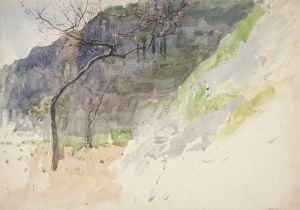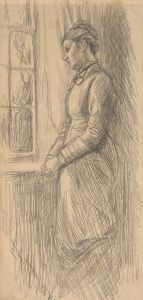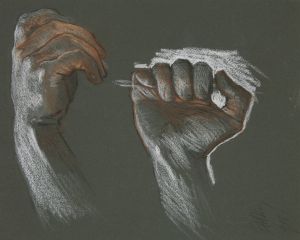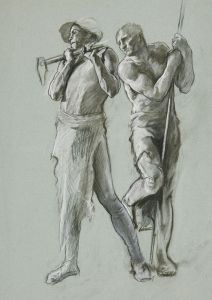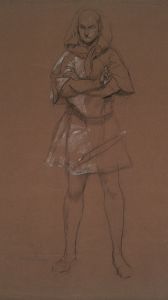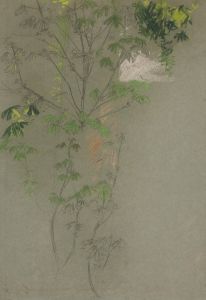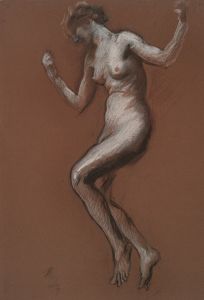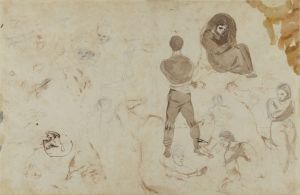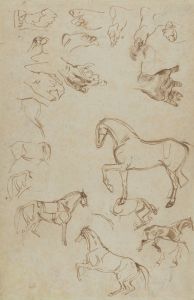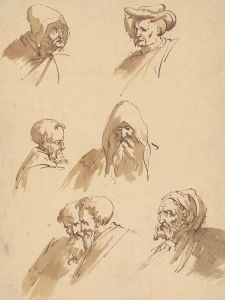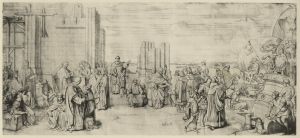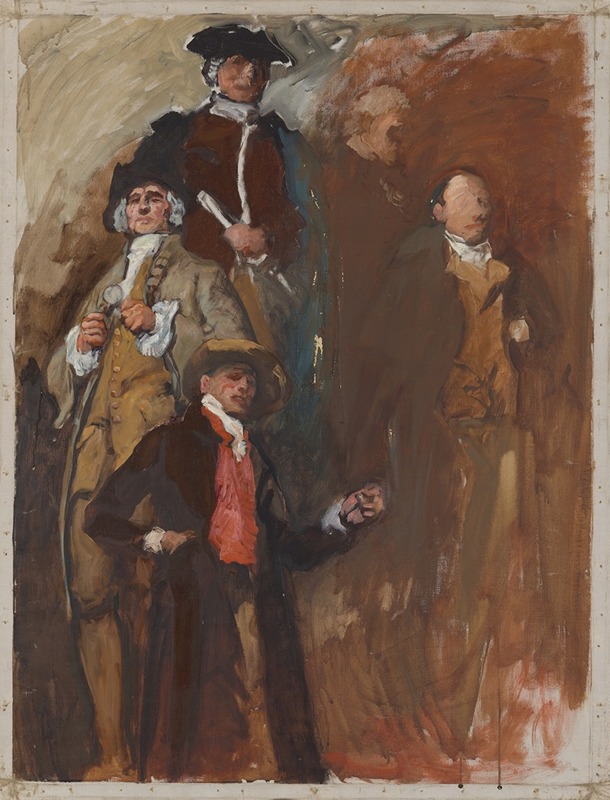
Figure Study, for The Apotheosis of Pennsylvania, House of Representatives Chamber, Pennsylvania State Capitol, Harrisburg
A hand-painted replica of Edwin Austin Abbey’s masterpiece Figure Study, for The Apotheosis of Pennsylvania, House of Representatives Chamber, Pennsylvania State Capitol, Harrisburg, meticulously crafted by professional artists to capture the true essence of the original. Each piece is created with museum-quality canvas and rare mineral pigments, carefully painted by experienced artists with delicate brushstrokes and rich, layered colors to perfectly recreate the texture of the original artwork. Unlike machine-printed reproductions, this hand-painted version brings the painting to life, infused with the artist’s emotions and skill in every stroke. Whether for personal collection or home decoration, it instantly elevates the artistic atmosphere of any space.
Edwin Austin Abbey's "Figure Study, for The Apotheosis of Pennsylvania, House of Representatives Chamber, Pennsylvania State Capitol, Harrisburg" is a preparatory work for one of the most significant mural projects in the United States. Abbey, an American painter and illustrator renowned for his historical and literary subjects, was commissioned to create a series of murals for the Pennsylvania State Capitol in Harrisburg. This particular study was part of his extensive preparation for the mural titled "The Apotheosis of Pennsylvania," which adorns the House of Representatives Chamber.
Abbey's work on the Pennsylvania State Capitol murals began in the early 20th century, a period when mural painting was experiencing a renaissance in the United States. The Capitol itself, designed by architect Joseph Miller Huston, was completed in 1906 and is celebrated for its Beaux-Arts architecture and opulent interior, which includes contributions from several prominent artists of the time.
"The Apotheosis of Pennsylvania" mural is a grand allegorical composition that celebrates the history and achievements of the Commonwealth of Pennsylvania. Abbey's figure studies were crucial in developing the final mural, as they allowed him to experiment with composition, form, and the arrangement of figures. These studies often involved detailed sketches and paintings of individual figures or groups, which Abbey would later incorporate into the larger mural.
Abbey's approach to mural painting was meticulous and scholarly. He conducted extensive research into Pennsylvania's history to accurately represent the state's contributions to American society. His figure studies reflect this dedication, showcasing his ability to capture the human form with precision and expressiveness. The figures in these studies are often depicted in dynamic poses, conveying a sense of movement and purpose that would be essential to the final mural's narrative.
The mural itself, completed in 1908, is a testament to Abbey's skill and vision. It features a central figure representing Pennsylvania, surrounded by allegorical figures symbolizing various aspects of the state's identity, such as agriculture, industry, and education. The composition is both complex and harmonious, with each figure contributing to the overall theme of Pennsylvania's ascension and significance.
Abbey's work on the Pennsylvania State Capitol murals was one of his last major projects. Unfortunately, he passed away in 1911, just a few years after completing "The Apotheosis of Pennsylvania." Despite his untimely death, Abbey's contributions to American art, particularly through his murals, have left a lasting legacy. His figure studies for the Capitol murals are preserved as important examples of his artistic process and are valued for their insight into the creation of one of the nation's most significant public artworks.
Today, Abbey's murals in the Pennsylvania State Capitol continue to be admired for their artistic merit and historical significance. They serve as a reminder of the rich cultural heritage of Pennsylvania and the enduring power of art to celebrate and immortalize the achievements of a society. Abbey's figure studies remain an integral part of this legacy, illustrating the careful planning and creativity that went into one of the most ambitious mural projects of its time.






